Streets do not always linger in our memory, but when they do, they bring everything with them – every feeling and every moment. They remind us of how we felt walking through them, of the people we shared those streets with, and sometimes, they bring back a time we can never revisit.
They evoke the rituals of a bygone generation and a history that is not found in books, but lives on in the hearts of those who lived it. From our grandparents to our parents’ childhoods, the streets remind us of the countless ways our families and ancestors once breathed, felt, and experienced life, even in the simplest moments, like sitting in a chair and taking in their surroundings.
Though these chairs might appear insignificant, for Egyptian photographer and visual artist Aïda Amer, they hold their own stories. Raised between the United States and Egypt, her photography explores the space between Eastern and Western cultures, seeking to capture the fading memories of past eras and forgotten streets.
In her 2021 photography project, Chairs of Zamalek (2021), Amer explores the patterns that define the spaces of Cairo’s streets, with a focus on the Zamalek neighborhood. She examines how these patterns reflect the city’s identity and, more importantly, the forgotten rituals of past generations.
The way people once sat in these chairs, the arrangement of the chairs, and even their worn and broken forms all carry a lingering sense of calm and serenity, echoing the peacefulness of those who once rested in them.
Below, Egyptian Streets interviewed Amer to delve into the creative process behind her photography project and to explore how she reimagined Cairo’s visual landscape through a seemingly simple object— chairs —that can also hold so much history and meaning.
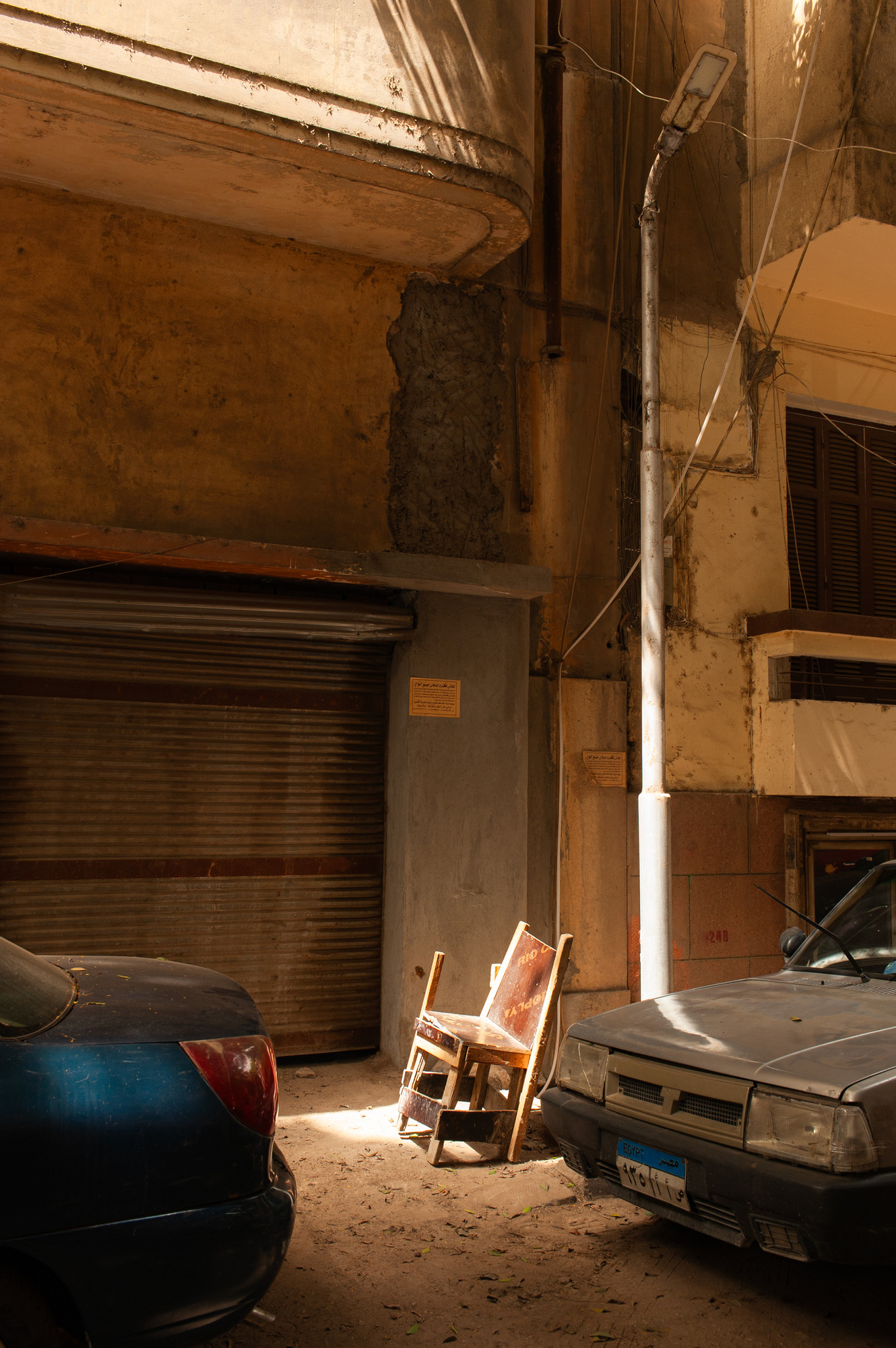
Could you walk me through the process of your project, from the initial idea to how you went about planning and executing it?
Leading up to Chairs, I had decided to center my photography and take the practice more seriously. However, I was struggling to come up with a cohesive project. I could ideate projects that wasn’t the issue, but I couldn’t find a concept that I truly cared about. I was traveling a lot back then between Cairo and New York, and one of the things I would always do when I would get to Cairo was wander around Zamalek.
When I was growing up in the noughties (2000s), Zamalek was where I started to come out of my shell and fall in love with the city. This particular time, I was down there with a dear friend to take some shots and that evening, after reviewing the photos, I saw the pattern. My photos had always mainly been of spaces without people, but here without realizing it, I had essentially been taking portraits of chairs.
Once I sensed there was something pulling me toward that composition, I began jotting down the emotions I felt when looking at these photos. I started to set guidelines for the project—rules like the chair must be the focal point, the photo should be in portrait orientation, and so on. From there, it became a matter of patience and careful curation.
Chairs of Zamalek has rapidly expanded, it grew out of a neighborhood that meant so much to me personally, and is now part of a larger ongoing project, Chairs of Egypt.
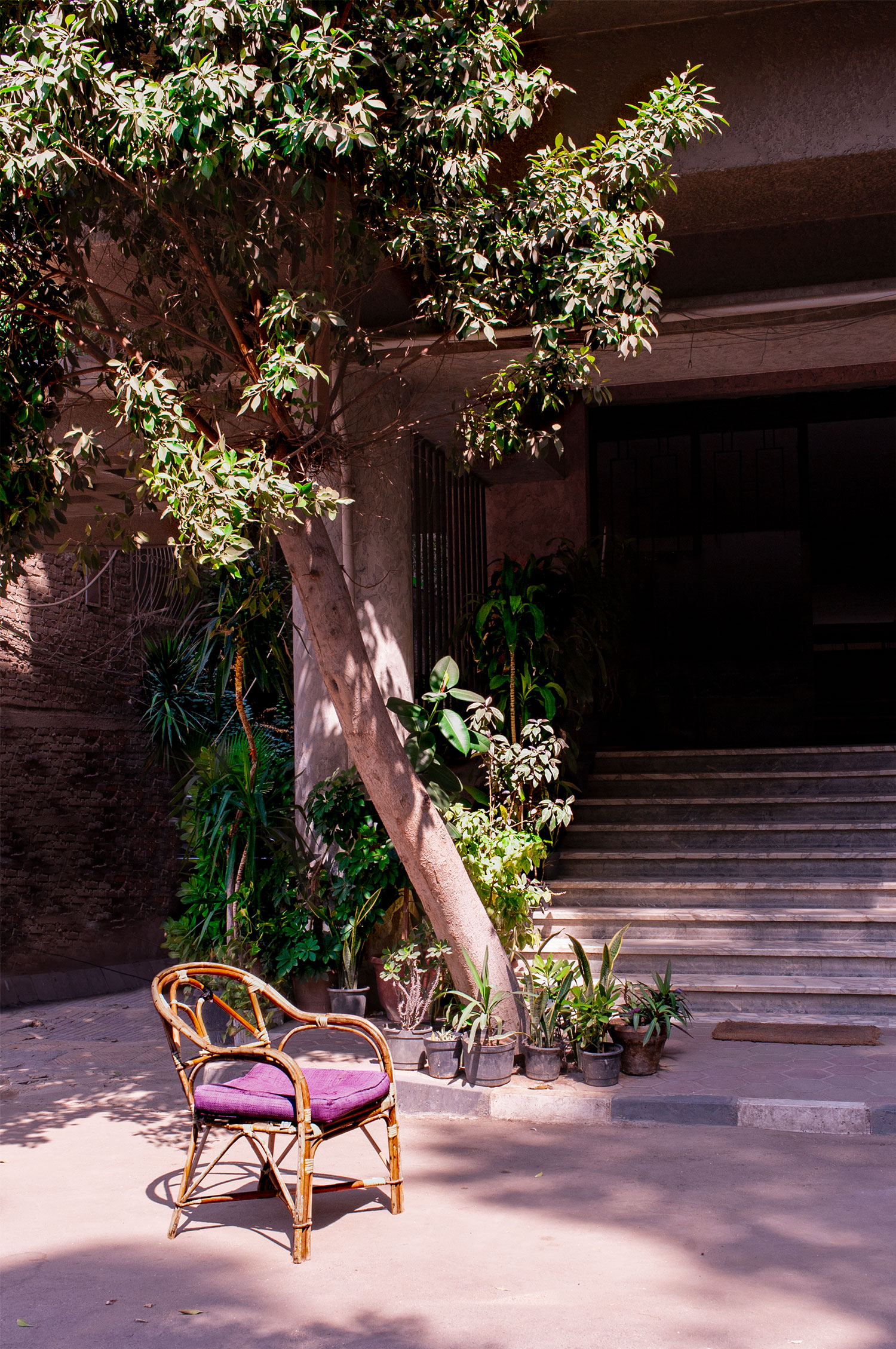
What emotions or messages were you hoping to express through these images, especially considering the sense of serenity they convey?
The initial message I was trying to convey was born out of a sense of visitor-hood. I grew up between Cairo and the rural Southern U.S., and so have always felt a bit culturally alienated in both places.
The chair in Egypt is a communal object of waiting, of watching the world go by, taking a rest; the chair is there for whoever needs it. It really isn’t owned by anyone, maybe the porter, but who knows? Certainly no one will stop you if you sit in it for a while. So in a sense the chair, as it is, void of people, is an invitation.
It represents this duality of possibility. It’s welcoming despite the solitude it portrays. It presents you with a choice. You can choose to remain isolated and separate yourself from the world and the culture, or you can choose to observe, learn and become included.
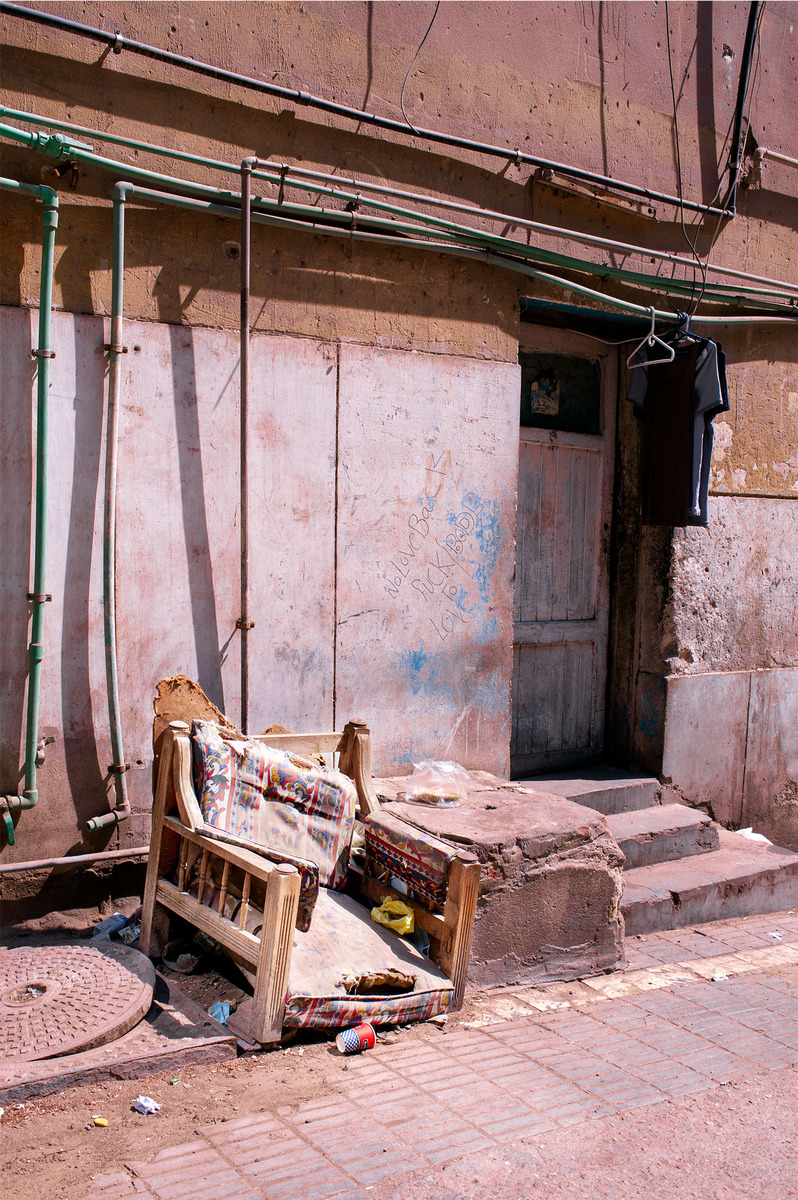
Was it intentional to capture both broken and intact chairs in your photos? And why?
I’m glad you asked this because it was extremely intentional. If the chair represents a choice, it’s important then to realize that not all choices are easy or healthy. If we stay in the meaning of cultural acceptance for example, sometimes, despite your best efforts, you can never be included, and sometimes, you’ll be able to fit right in.
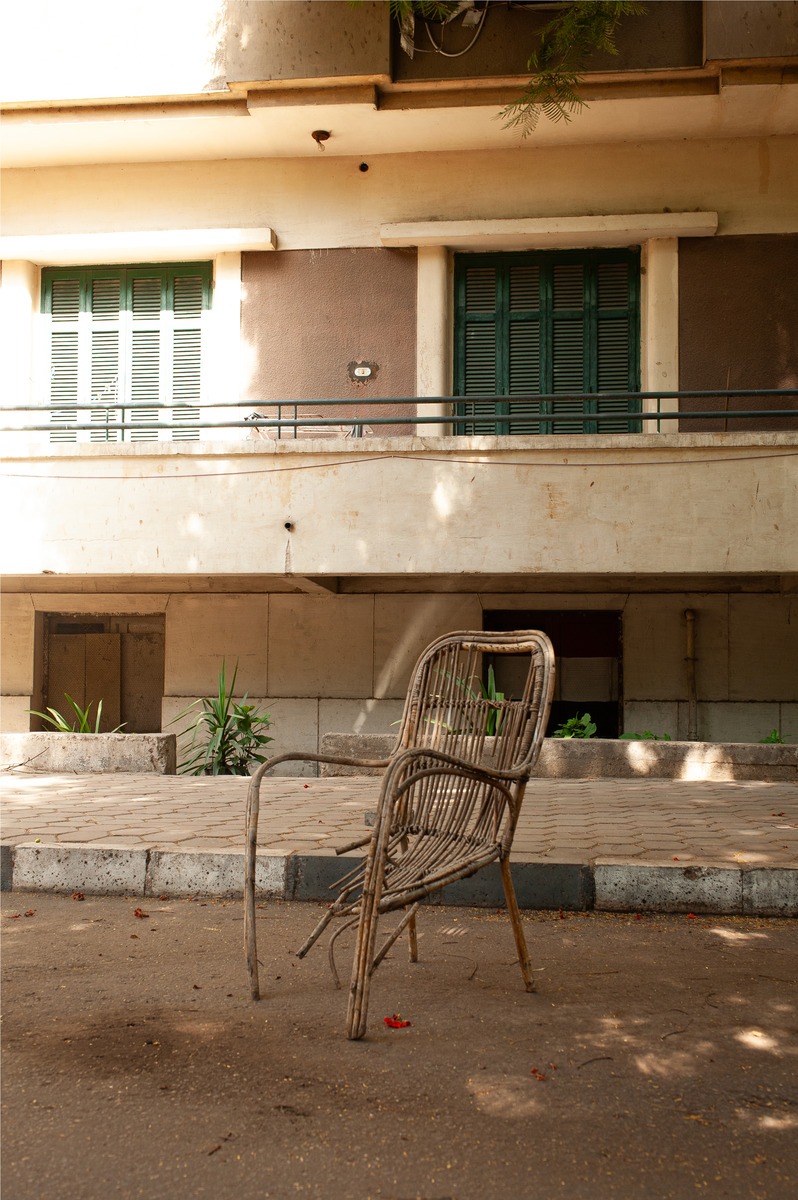
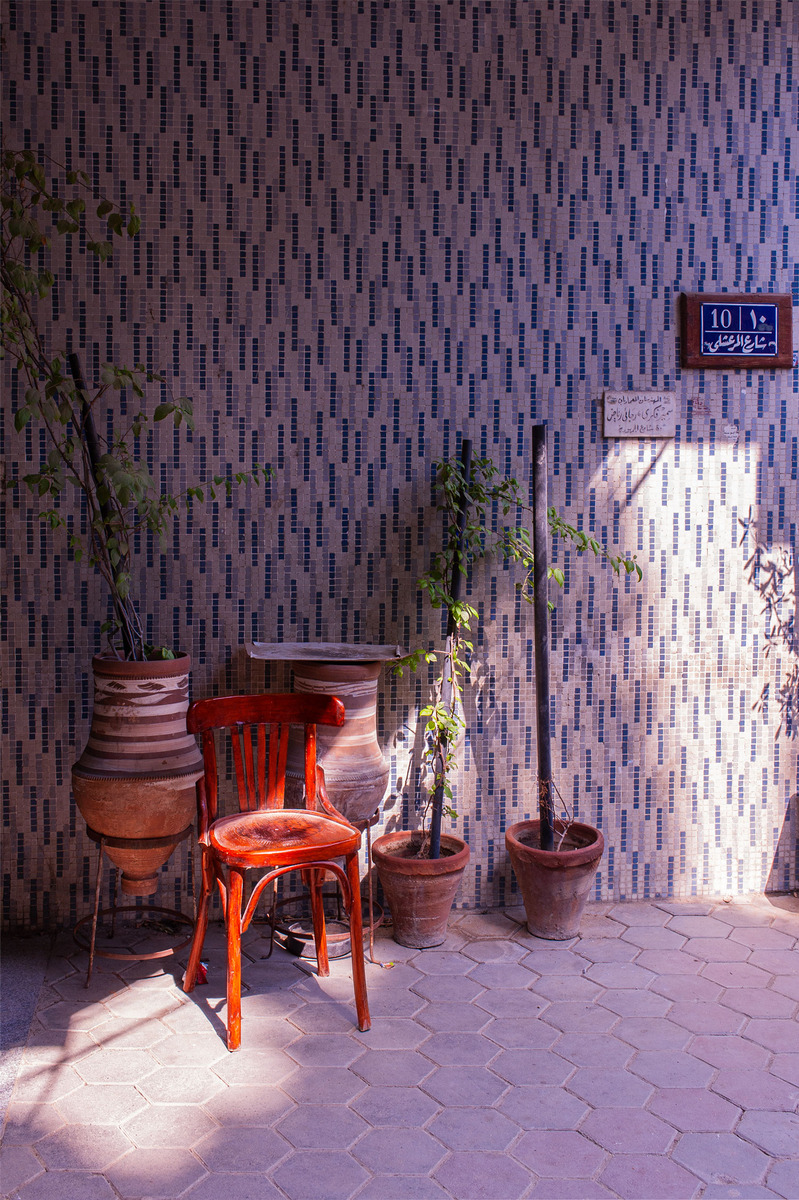
From your perspective, why do you think older Egyptians have enjoyed sitting in chairs on the streets, and what do you think is causing this habit to slowly fade among younger generations?
I think people enjoyed sitting in chairs because it was a way to feel connected to their community. It’s how you conversed with neighbors and caught up on local happenings. It’s how you made friends and enemies. And, if I’m being totally honest, I think it was also a way to kill time. It was a form of entertainment—just sitting and watching the world go by. It was like a real-life TikTok.
But now, everything is online. Before this era of hyper-connectivity, people had to engage more with the world immediately around them. It used to be that when you got bored, you just had to deal with it. But now, when you’re bored, you can just scroll. You never really have to form your own opinions or be alone with your thoughts. I also think that, to some extent, being online so much makes people less comfortable with casual social interactions.
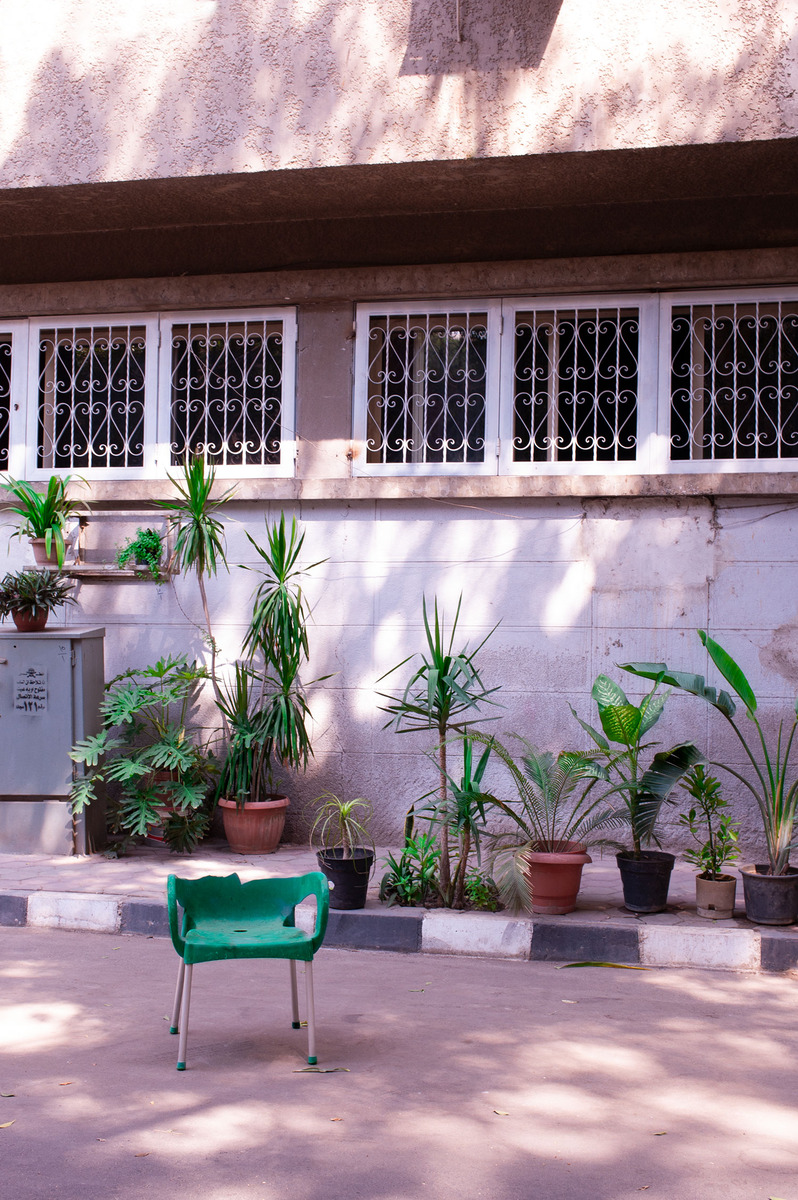
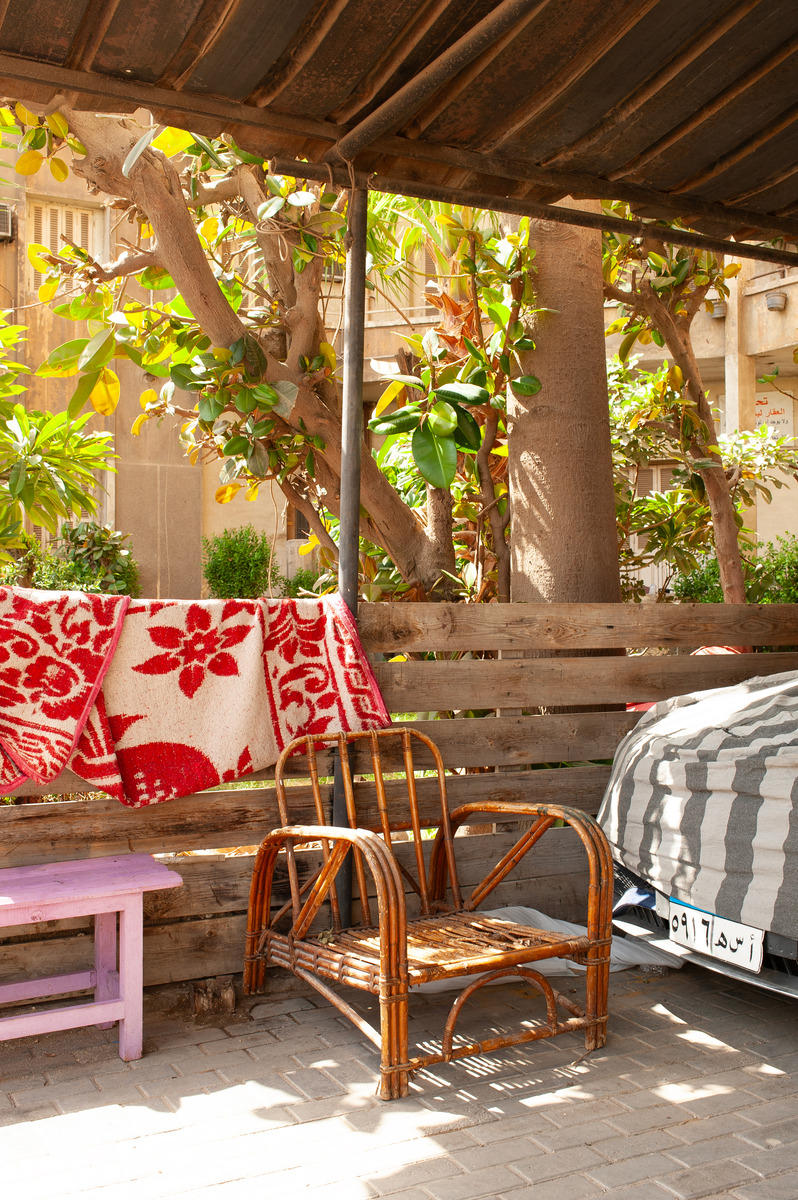
That said, there are many people who’ve found online spaces where they can express themselves more freely than they can in real life. For instance, people with chronic illnesses now have access to a wide range of relationships and communities online. Balance is really the key here. Hustle is crucial in late-stage capitalism, and digital addiction can be a serious issue.
But the moments you choose to ignore in favor of engaging in a digital “reality” can never be recaptured through a search bar. I have a friend who schedules her correspondence time. That’s the only time of day she answers her texts, and I think it’s brilliant! It gives her space to simply exist without feeling like a slave to her device.
There’s something truly sweet about doing nothing, about taking a moment just to sit.




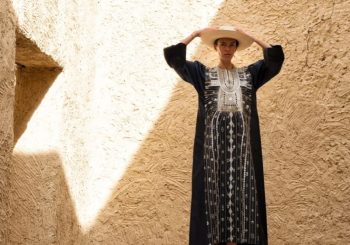
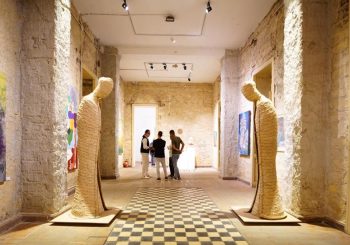
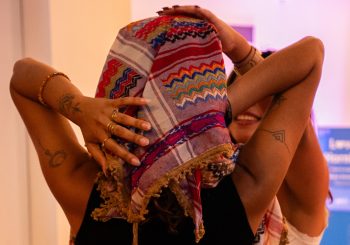
Comments (0)